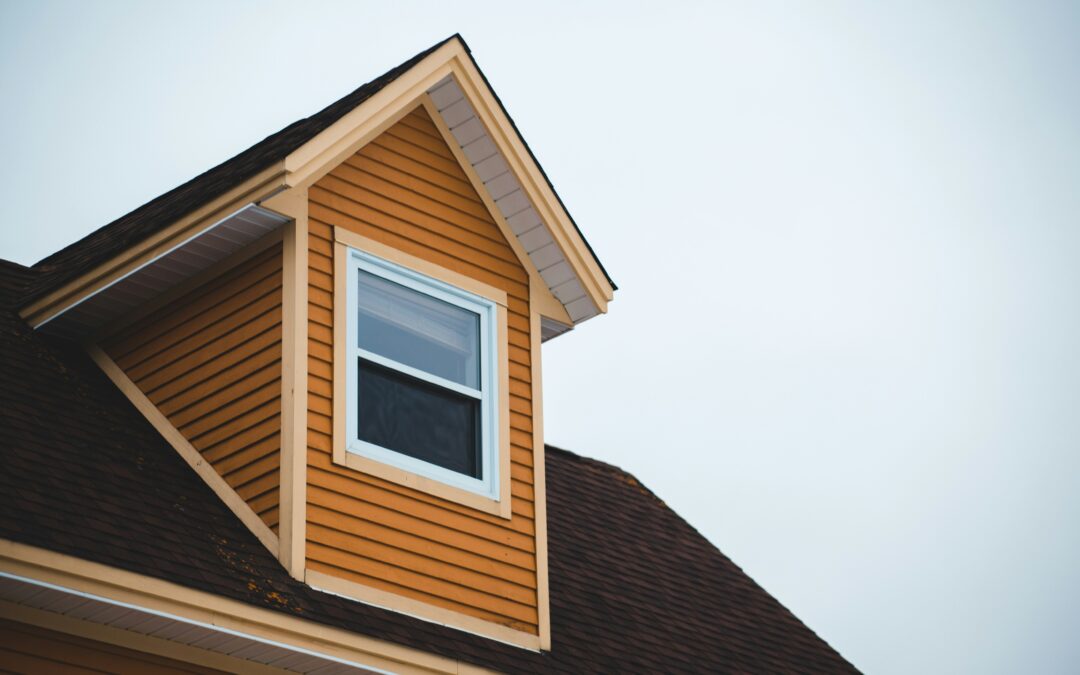by Charles Loveless | VP of Company
Siding covers a large percentage of our exterior homes’ surfaces. When you begin to notice damage or discoloration, understanding the type of siding you have can help you determine what to do. Here are some suggestions.
Press Board/Composite Siding– This is like compact cardboard. When it becomes wet it will expand and eventually rot. This is especially noticeable at the vertical joints once the caulk lines fail. Also, along the horizontal edges you may find these expanding and cracking open which indicates that moister is entering the siding.
Solution: If moister damage is noticed, replace these areas as necessary and then apply a coat of primer and then a top coat of high quality latex paint. * Point sprinkler heads away from siding.
Hardy Siding is actually a masonry composite product. Hardy-type siding needs to be painted just like any other painted surface. Hardy siding will fade, become stained, and possibly “chalk” (painted surfaces fail and develop a chalky substance that will literally rub off on your hands.).
Solution: If siding is chalky or faded, then I would suggest cleaning it first with Tri-Sodium Phosphate Substitute. Following this; apply a full coat of primer, and then top-coat with a high quality latex paint.
Stucco is a masonry surface that is either applied by a machine or hand floated on the exterior surfaces at the end of the home’s construction. Stucco surfaces, in many instances, may not be sealed properly. You will begin to notice hair-line or larger cracks on the surfaces. Also, if your stucco has a patchy wet/dry look after a rain storm then you can expect that moister may be absorbing through the thin masonry layer.
Solution: Apply one or two coats of a high build elastomeric paint on the stucco surfaces.
**Suggested Paints: (Sherwin Williams- Duration; Pittsburg- Timeless; Home Depot- Behr Premium Plus Ultra)


Recent Comments